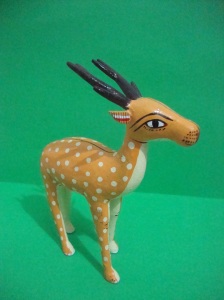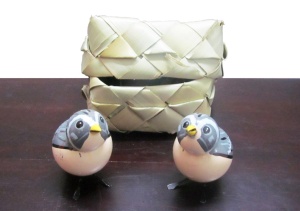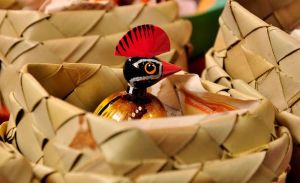Heartbroken if left alone…
Peacocks are large, colorful pheasants (typically blue and green) known for their iridescent tails. Though peahens have relatively unremarkable plumage and coloration, they are thought to choose their suitors based on the grandeur of their feathers. Indian peahens are largely brown, which allows them to blend into surrounding vegetation and avoid detection by predators.
Peacocks are polygamous (mate with more than one female) and usually form a harem that consists of 2-5 females. Left alone peacocks are very sad and heart-broken.
Cost: Rs. 225/-(excluding packaging and courier charges) Continue reading














